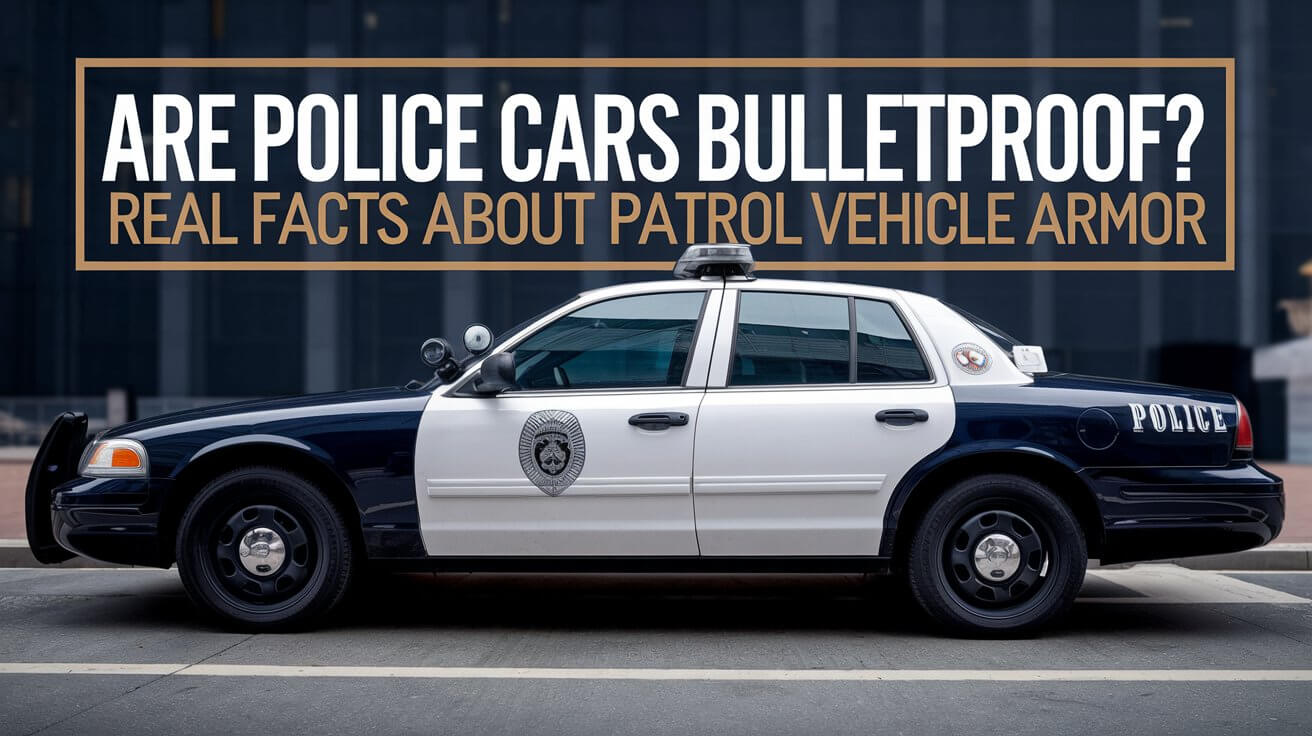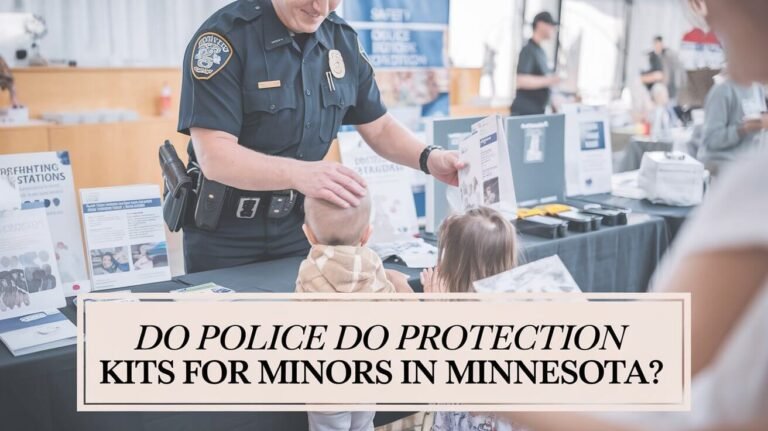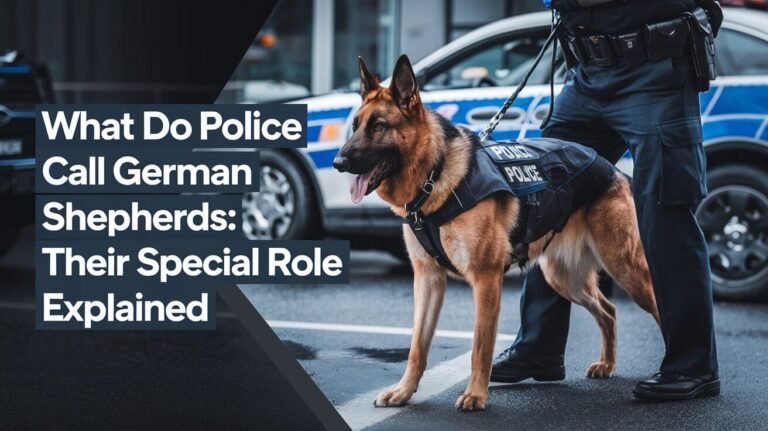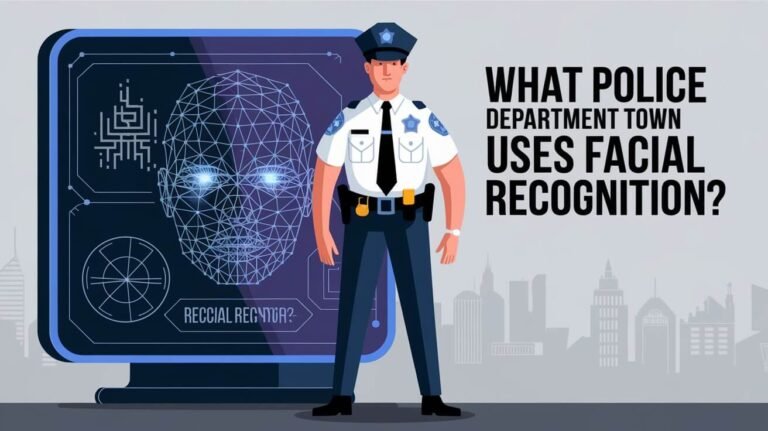Are Police Cars Bulletproof? Real Facts About Patrol Vehicle Armor

Police cars zip through our streets daily, serving and protecting communities across America. These vehicles aren’t just regular cars with fancy lights – many pack serious protective features. Let’s dive into what really makes these patrol cars tick when it comes to bulletproof protection.
The Evolution of Bulletproof Police Vehicles
The landscape of police vehicle protection has changed dramatically. Back in 2016, a major breakthrough happened when police cars gained the ability to stop armor-piercing bullets. Ford leads the pack, making special Police Interceptor SUVs and sedans that meet strict Department of Justice armor standards.
Modern Police Car Armor Technology
Today’s police cars use a mix of advanced materials for protection. The doors contain two key layers – aramid fiber (similar to Kevlar) and bulletproof plastic tiles. These layers work together to stop bullets, even if they hit the same spot twice.
Types of Ballistic Protection in Police Cars
Modern police vehicles offer several protection options:
- Ballistic door panels
- Bullet-resistant windows
- Reinforced windshields
- Interior protective barriers
- Armored floor panels
Ford sells about 5-10% of their American police vehicles with ballistic door protection. This number keeps growing as more departments prioritize officer safety.
Police Car Door Armor Systems
The doors of police cars often hide impressive protective tech. Ford’s Police Interceptor doors can handle rounds from high-powered weapons like AK-47s. That’s stronger protection than many U.S. soldiers carry in combat.
Ballistic Door Panel Construction
Police car door armor uses a dual-layer system:
- Inner layer: Aramid fiber material
- Outer layer: Bulletproof plastic tiles
- Coverage: Nearly the entire door surface
These panels cost between $3,000 per door for basic protection. Larger departments might get better prices when ordering in bulk.
Installation and Modification Process
Installing door armor takes skill and precision. Companies like Dana Safety Supply and Hardwire LLC handle most installations. The process typically follows these steps:
- Remove door panels
- Install ballistic materials
- Modify door mechanisms
- Test functionality
- Replace exterior panels
A skilled team can upgrade a police car with door armor in about three hours.
Impact on Officer Safety
Real incidents prove armor’s worth. Police cars with ballistic protection have saved officers during ambush attacks. Bad guys tend to avoid targeting hardened vehicles, making the armor a powerful deterrent.
Common Police Vehicle Armor Packages
Different departments need different levels of protection. Most choose from several standard packages based on their needs and budget.
Basic Protection Options
Entry-level armor includes:
- Level IIIA door panels
- Basic ballistic glass
- Reinforced door hinges
- Standard run-flat tires
- Basic floor protection
This setup stops most handgun rounds and provides decent protection for everyday patrol work.
Advanced Armor Solutions
Higher-level protection adds:
- Multi-layer bullet-resistant glass
- Enhanced door armor
- Ballistic floor panels
- Reinforced suspension
- High-performance braking systems
- Upgraded run-flat tires
INKAS Armored offers special packages for police Ford Explorers. Their system includes overlap protection that stops bullets from sneaking through door seams.
SWAT and Special Unit Vehicles
SWAT trucks pack the heaviest protection. These vehicles feature:
- Full armor coverage
- Multi-hit protection capability
- Blast-resistant floors
- Enhanced engine protection
- Tactical entry/exit points
- Special communications equipment
Vehicle Performance and Capabilities
Adding armor affects how police cars perform. Manufacturers balance protection with practical needs.
Speed and Handling
Modern police cars still hit impressive speeds with armor:
- Top speed: Over 150 mph
- 0-60 mph: About 5.5 seconds
- Superior handling in traffic
- Quick response in pursuits
The standard Dodge Charger with its 5.7L engine maintains these speeds even with basic armor.
Weight Considerations
Armor adds weight, but modern systems keep it manageable:
- Door armor: 20-24 pounds per door
- Window inserts: 10-12 pounds each
- Total weight increase: Usually under 200 pounds
- Minimal impact on handling
Newer materials provide better protection while keeping weight down. This helps maintain vehicle performance and fuel efficiency.
Maintenance Requirements
Armored police cars need special care:
- Regular armor inspections
- Special door hinge maintenance
- Glass delamination checks
- Suspension system monitoring
- Brake system updates
Most armor lasts the life of the vehicle. Departments can often transfer it to new cars when retiring old ones.
Future of Police Vehicle Protection
Police vehicle armor keeps evolving. New technologies promise better protection with less weight and cost.
Emerging Technologies
Latest developments include:
- Lighter composite materials
- Stronger transparent armor
- Better installation methods
- Enhanced multi-hit capabilities
- Improved emergency egress systems
Companies keep improving their products based on real-world feedback from officers.
Department Implementation Plans
More departments plan full fleet protection:
- Gradual upgrades during vehicle replacement
- Grant-funded protection programs
- Joint purchasing agreements
- Regional cooperation initiatives
Texas lawmakers now push for state grants to protect all law enforcement vehicles, not just state trooper cars.
Cost-Saving Innovations
New approaches help departments afford protection:
- Modular armor systems
- Transferable components
- Bulk purchase programs
- Improved installation methods
- Extended warranty coverage
These changes make vehicle armor more accessible to smaller departments.
Making Protection Standard
The trend moves toward making armor standard equipment. Just as bulletproof vests became normal gear, vehicle protection follows the same path.
Chiefs and officers agree – there’s no price too high for officer safety. When facing modern threats, protected vehicles save lives.
More departments now say “yes” to armored patrol cars. They see it as essential equipment, not an optional upgrade.
The bottom line stays clear: police cars aren’t invincible, but proper armor gives officers better odds. As threats evolve, so does protection.
Remember – when you see a patrol car on the street, it might pack more protection than meets the eye. That extra security helps officers focus on their main job – keeping our communities safe.
Police vehicle armor isn’t just about stopping bullets. It’s about giving officers confidence to face daily dangers. That peace of mind proves priceless in critical moments.
The future points toward better, lighter, and more affordable protection. Soon, armored police cars won’t be special – they’ll be standard. That’s good news for officers and communities alike.






